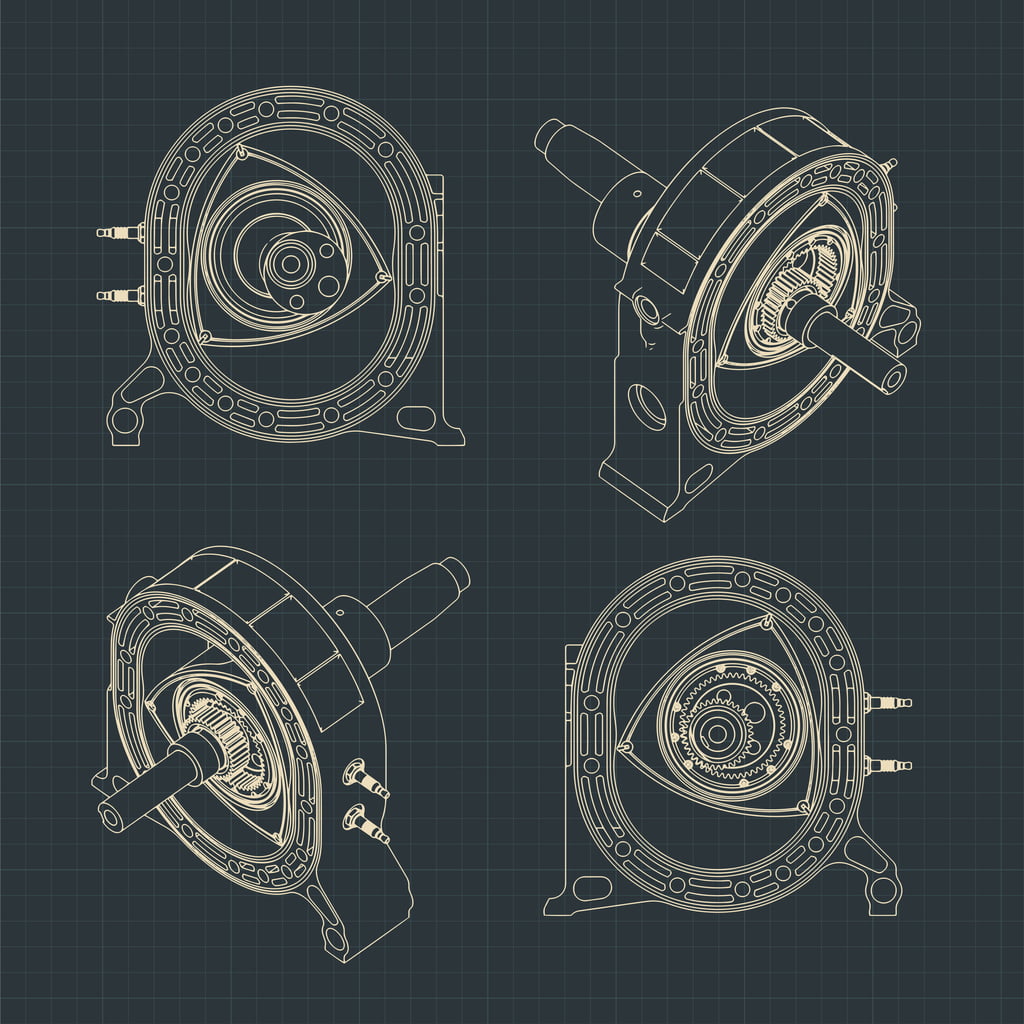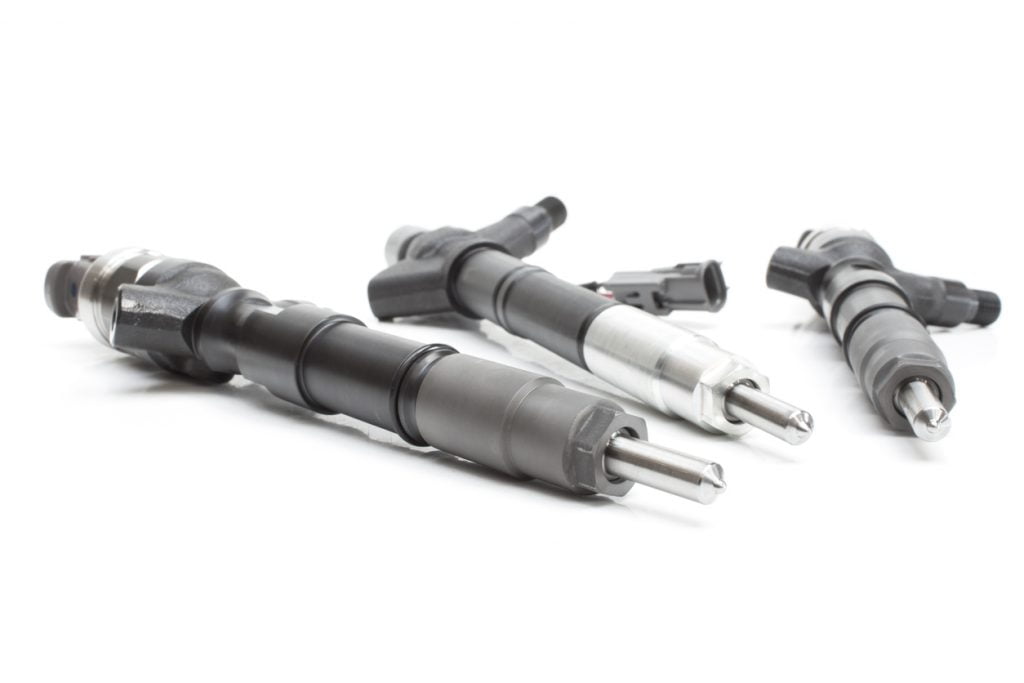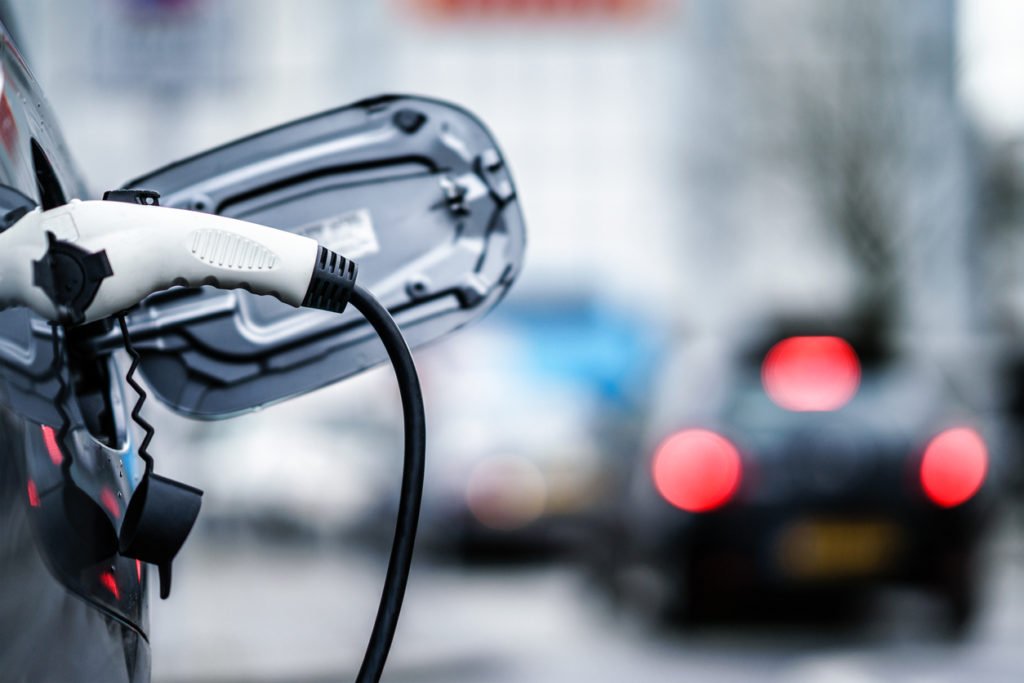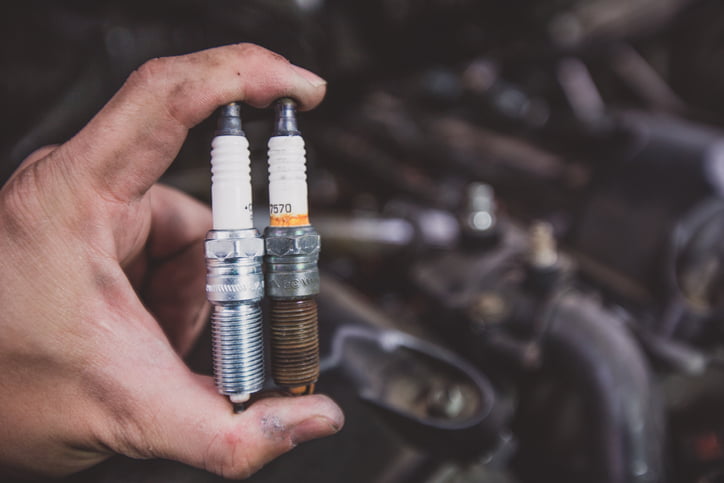Rotary engines might sound like something from a bygone era, and that’s because generally they are. Once considered the most efficient and elegant engines around, they were replaced by piston-powered engines decades ago, mainly for cost and environmental reasons.
But with news that Mazda is developing a new rotary engine for its hybrid models, could this type of engine be about to make a comeback?
To find out, we’re taking an in-depth look at rotary engines, including how they work, what their benefits are, and which cars run on this type of engine. Use the links below to help navigate the guide.
Quick Links
Blog Sign Up
"*" indicates required fields
What is Rotary Engine?
A rotary engine is a type of internal combustion engine that’s been used to power all kinds of vehicles, from cars and trucks to boats and planes. Rotary engines have been around for decades, and were one of the most widely used types of engine up until around the 1920s.
Just like a conventional piston engine, rotary engines carry out four jobs to power a vehicle: intake, compression, combustion and exhaust. However, they work completely differently from the standard engines we’re used to.
So, just how do rotary engines work? Here’s a step-by-step look at what the combustion cycle looks like in a rotary engine:
- Intake – like a standard piston engine, air is drawn into the engine through an intake valve, before being pushed into an interior chamber through the intake port.
- Compression – a triangular-shaped rotor inside the chamber creates three gas-tight seals; these effectively do the same job as the pistons in a normal engine. When the rotor spins, its unique shape means that these three volumes of gas expand and contract, drawing more air and fuel into the system.
- Combustion – at the peak of pressure inside each of the three gas chambers, the fuel-air mix is ignited, producing power that’s transferred to the drivetrain through the output shaft.
- Exhaust – an exhaust port in the engine housing draws gases away, where they’re emitted through a standard tailpipe.
Like a standard piston engine, the temperature of rotary engines is maintained by the cooling system, with coolant passageways lining the outside shell of the combustion housing. Oil also circulates through similar passages, lubricating the moving parts of the rotor, output shaft and valves.
The Components of a Rotary Engine
Rotary engines may sound complicated, but they actually don’t have as many moving parts and components as a piston engine. Below, we take a look at the essential components of a rotary engine to give you a better sense of how things work.
Rotor
The rotor is a three-sided component with concave sides, which are designed to give a gas-tight seal when pressed against the side of the housing. On each face of the rotor is an inlet or pocket, which allows for a greater volume of gas inside the housing, effectively increasing the engine’s displacement rate.
The rotor spins on a couple of gears which are attached to a shaft at the centre of the housing. These gears allow it to spin in such a way that the edge of each side of the rotor is always in contact with the housing, maintaining three individual combustion pockets. Think of it a bit like a spirograph, with the rotor spinning in a slightly offset way.
Housing
The housing is the main body of a rotary engine. Its oval shape is designed to maximise the displacement of the engine while allowing the rotor to spin with its edges in constant contact with the inner wall of the housing.
As the rotor spins inside the housing, each of the gas pockets goes through the four sections of the combustion cycle, from intake to compression, combustion to exhaust. The spark plugs and fuel injectors are inserted directly through the wall of the housing, while channels around the outside pass oil and coolant through the system, maintaining its integrity and temperature.

Output Shaft
The output shaft transfers the energy generated by compression and combustion to the drivetrain, giving power to the wheels. The shaft itself is mounted with round lobes, which come in contact with the rotor, causing the shaft to spin.
Are There Any Benefits to Rotary Engines in Cars?
Rotary engines are rare, with most car manufacturers using the conventional piston engine since the 1920s onwards. This is because they’re seen as less economical than their piston counterparts, largely because they offer lower thermodynamic efficiency due to the size of the combustion chamber and the low compression ratio.
However, the rotary engine does offer some benefits when compared to the piston engine, including:
- Smooth and quiet – the action of a rotary engine is smoother than the movement of pistons, leading to a quieter, more refined feel out on the road. Counterweights on the outside of the rotary housing are designed to dampen vibration and contribute to smooth performance.
- Fewer moving parts – rotary engines have fewer moving parts than conventional engines. Not only does this improve reliability, it also makes maintenance and upkeep more affordable in the long term.
- Slower internal movement – piston engines require fast and intense up and down movement to create the necessary compression ratio to power the car. This means that their internal parts are under extreme force, which can lead to premature degradation without regular maintenance. Rotary engines are slower, with a single movement in one direction, which means that their parts are under less strain and this improves long-term reliability.
Which Cars Have a Rotary Engine?
Very few modern cars have a rotary engine. Because of the drawbacks associated with their economy, as well as the relative expense of manufacturing them, most car makers have stuck to piston-powered engines. But not every one of them.
Japanese car brand Mazda has experimented with rotary-engined cars since the 1960s. Its first success was the 1967 Cosmo Coupé, which was renowned for its efficient and ultra-smooth rotary engine. Since then, it’s developed a handful of other rotary-powered models, including the RX-7, RX-8 and a rotary version of the Mazda 2, launched back in 2013.

And now Mazda has announced plans to build a whole new rotary engine, which will be used alongside an electric motor as a range extender for its hybrid-electric vehicles. The brand believes that a rotary unit is the perfect match for a hybrid car, delivering sound and reliable performance with much more refinement than a standard piston engine.
Not only that, but rotary engines are reputed to work very well with next-generation fuels, particularly hydrogen. The longer air intake period offered by a rotary engine is very efficient at mixing air and fuel so higher quantities of hydrogen can be injected for the correct fuel-air mix, improving efficiency and performance.
With Mazda’s new innovation it’s possible more car brands could follow to help address the Emission Standard legislation. The rotary engine is expected to have a new look for the 21st century.
We hope you’ve enjoyed this article looking at the ins and outs of rotary engines. Would you like to see more rotary-engined cars on the road? Join the conversation at the Redex Club and let us know. Alternatively, to learn about our innovative fuel additives and system cleaners, visit the homepage today.




